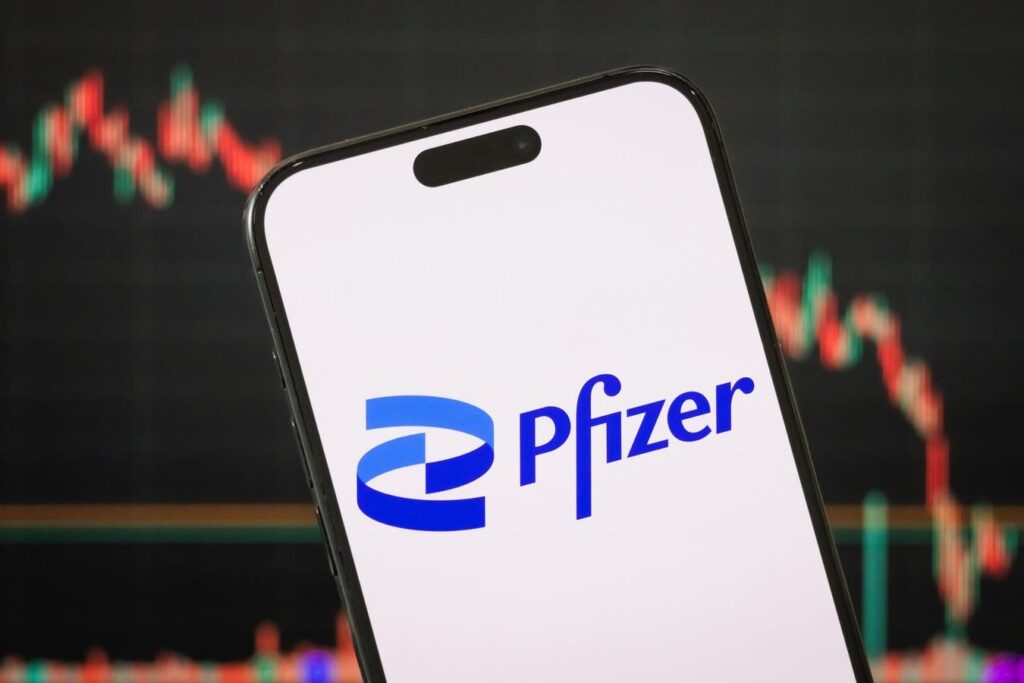Pfizer (NYSE:PFE) is set to announce its earnings on Tuesday, April 29, 2025. Reviewing PFE’s five-year history, the stock has experienced a balanced 50-50 distribution of positive and negative returns after earnings releases. On occasions of positive responses, the stock has provided a median one-day return of 2.7%, alongside a maximum one-day increase of 6.1%.
Analysts project earnings of $0.68 per share on sales of $14.11 billion, indicating a decrease from the earnings of $0.82 per share and sales of $14.88 billion in the same quarter last year. Vyndaqel is expected to serve as the main growth contributor for Pfizer, likely leading to double-digit sales growth for the company, excluding the Covid-19 products.
While the movement of the stock post-earnings will be influenced by how the results and outlook align with investor expectations, historical performance data can be beneficial for event-driven traders. There are two potential strategies:
- Positioning before earnings based on historical trends
- Initiating a trade one day after the announcement depending on the relationship between immediate and medium-term post-earnings returns
If you are looking for upside with less volatility compared to individual stocks, the Trefis High Quality portfolio offers an alternative – it has outperformed the S&P 500 and yielded returns surpassing 91% since its launch.
See earnings reaction history of all stocks
Pfizer’s Historical Odds Of Positive Post-Earnings Return
Here are some insights on one-day (1D) post-earnings returns:
- There are 20 data points related to earnings recorded over the past five years, with 10 positive and 10 negative one-day (1D) returns noted. In summary, positive 1D returns occurred approximately 50% of the time.
- The percentage stays consistent at 50% when considering data from the last 3 years rather than 5.
- The median of the 10 positive returns is 2.7%, while the median of the 10 negative returns is -1.3%
Additional information regarding documented 5-Day (5D) and 21-Day (21D) returns post earnings is detailed in the table below along with the statistics.
Correlation Between 1D, 5D, and 21D Historical Returns
A relatively lower-risk approach (although not beneficial if the correlation is minor) is to analyze the correlation between short-term and medium-term returns following earnings, identify a pair that exhibits the highest correlation, and execute the relevant trade. For instance, if 1D and 5D show the strongest correlation, a trader may position themselves “long” for the subsequent 5 days if the 1D post-earnings return is positive. Here is some correlation information based on five-year and three-year (more recent) data. Note that the correlation 1D_5D refers to the relationship between 1D post-earnings returns and subsequent 5D returns.
Is There Any Correlation With Peer Earnings?
Occasionally, the performance of peers can impact the stock reaction following earnings. In fact, the pricing may begin prior to the earnings being announced. Below is some historical data on the post-earnings performance of Pfizer stock compared to the stock performance of peers that reported their earnings just before Pfizer. For a fair comparison, peer stock returns also reflect post-earnings one-day (1D) returns.
Discover more about Trefis RV strategy that has outperformed its all-cap stocks benchmark (a combination of the S&P 500, S&P mid-cap, and Russell 2000), delivering impressive returns for investors. Additionally, if you want upside potential with a more stable experience than an individual stock like Pfizer, consider the High Quality portfolio, which has outperformed the S&P and achieved returns >91% since its inception.
Read the full article here
















